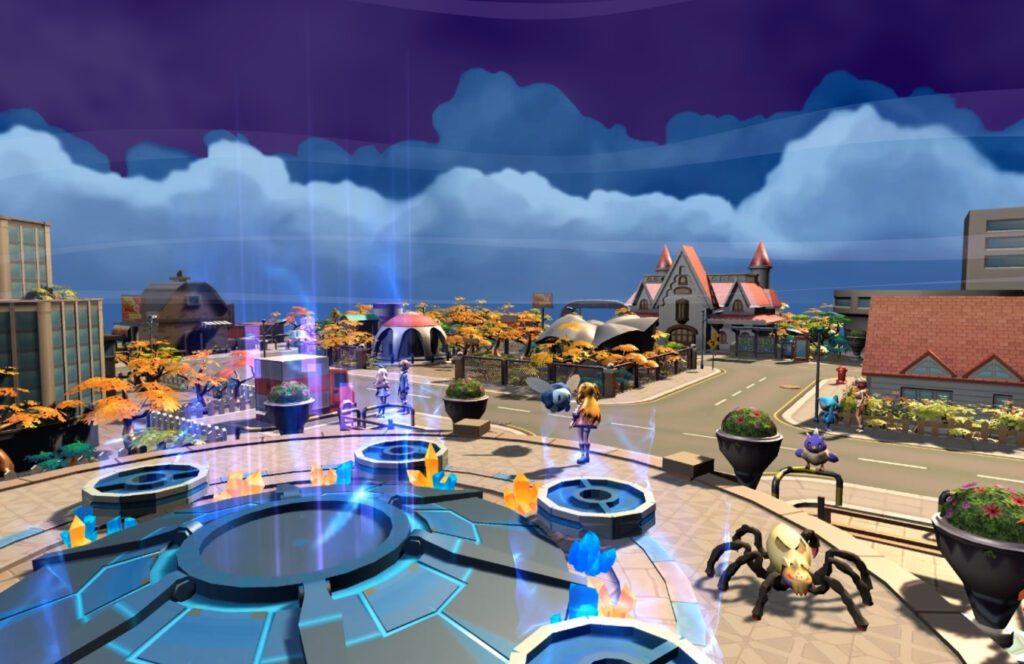Game mechanics are the rules and systems that govern how a game is played, and they are crucial to the success of a game. The process of creating playable game mechanics involves brainstorming, prototyping, and balancing to create mechanics that enhance the overall experience. Technology has played a significant role in the evolution of playable game mechanics, allowing designers to create increasingly complex and sophisticated mechanics. Creating playable game mechanics is complex and time-consuming, but essential to ensuring that players are engaged and entertained. Without well-designed mechanics, a game can quickly become boring or frustrating and fail to retain players.
Introduction
Games are highly interactive experiences that rely heavily on playable game mechanics to provide engaging and entertaining experiences for players. The process of creating these mechanics is often complex, but is crucial to the success of a game.
The Importance of Playable Game Mechanics
Playable game mechanics are the foundation of any successful game. These mechanics are the rules and systems that govern how the game is played, and they play a vital role in creating a fun and engaging experience for players. Without well-designed mechanics, a game can quickly become boring or frustrating and fail to retain players.
The Process of Creating Playable Game Mechanics
The process of creating playable game mechanics can be complex and time-consuming, but it is crucial to the success of a game. Designers must consider various factors, such as the game’s objective, target audience, and genre, to create mechanics that enhance the overall experience. This process typically involves several steps, including:
1. Brainstorming
The first step in creating playable game mechanics is brainstorming. This involves coming up with ideas for how the game will be played, including the rules and systems that will govern the experience. Designers must consider the game’s objective and target audience during this process, as well as any genre-specific conventions or expectations.
2. Prototyping
Once designers have brainstormed ideas for the game’s mechanics, they will begin prototyping. This involves creating a basic version of the game that includes these mechanics, which can be tested and refined over time. This process helps designers identify any issues or areas for improvement in the mechanics and make changes as needed.
3. Balancing
Another key step in creating playable game mechanics is balancing. This involves ensuring that the game’s mechanics are fair and balanced for all players, regardless of skill level. Designers must also consider how the mechanics will change over time as players become more experienced, and make adjustments to keep the game engaging and challenging.
The Role of Technology in Creating Playable Game Mechanics
Technology has played a significant role in the evolution of playable game mechanics. Advances in programming languages and game engines have made it possible for designers to create increasingly complex and sophisticated mechanics, such as advanced AI and physics systems. Technology has also made it easier to test and refine game mechanics, with tools like game engines providing designers with real-time feedback on how their mechanics are working.
Conclusion
Creating playable game mechanics is a crucial part of the game design process. These mechanics form the foundation of a game’s interactive experience, and they play a vital role in keeping players engaged and entertained. While the process of creating these mechanics can be complex and time-consuming, it is essential to ensuring the success of a game.
